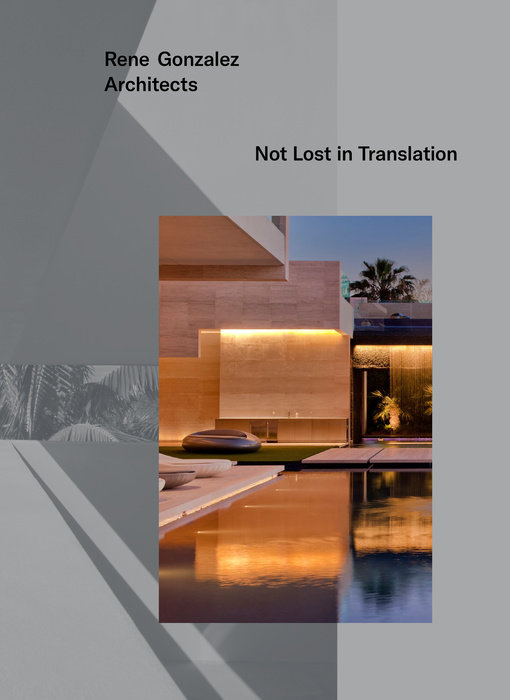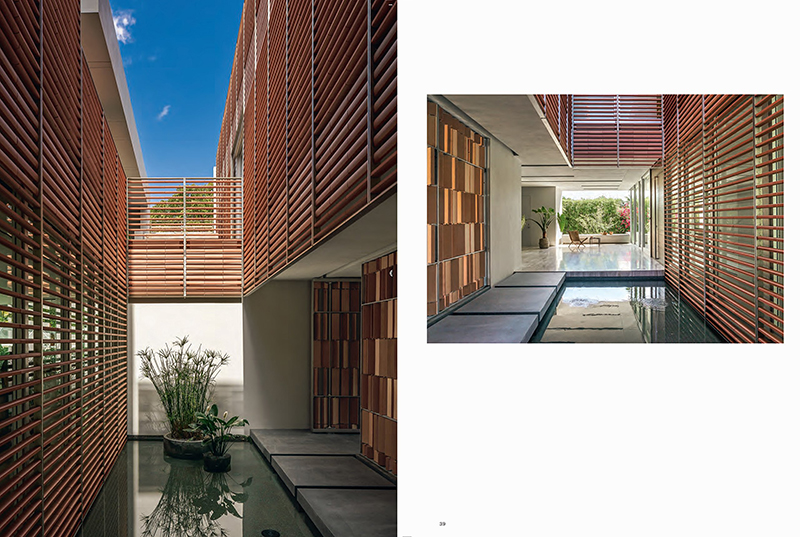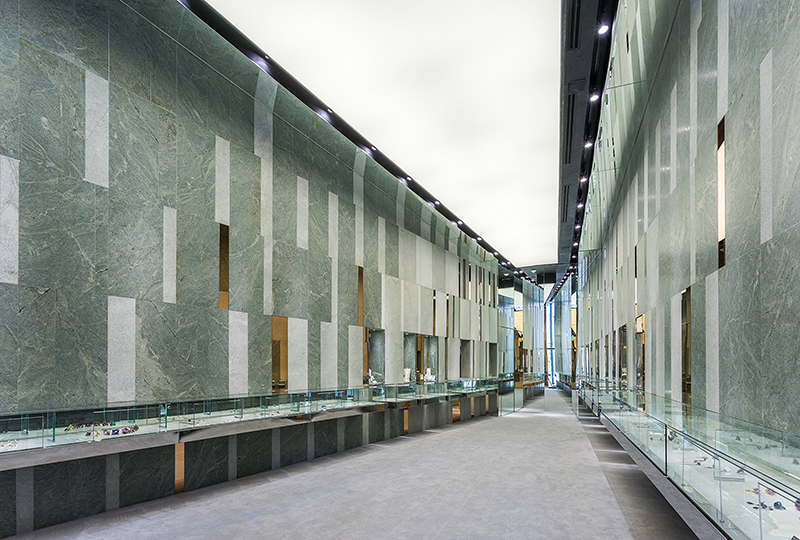Rene Gonzalez
Rene Gonzalez Architects: Not Lost in Translation
Rene Gonzalez
The Monacelli Press, June 2018

Hardcover | 9-1/4 x 12-1/2 inches | 288 pages | English | ISBN: 9781580934947 | $60.00
Publisher Description:




Author Bio:
(Note: Books bought via these links send a few cents to this blog, keeping it afloat.)




Rene Gonzalez
The Monacelli Press, June 2018

Hardcover | 9-1/4 x 12-1/2 inches | 288 pages | English | ISBN: 9781580934947 | $60.00
Publisher Description:
As one of Miami’s most influential architects, Rene Gonzalez revolutionizes the way luxury buildings are equipped for climate change. Tactile, experiential, and holistic, the work of his namesake office demonstrates a belief in the inseparable connection between nature and architecture, creating spaces that are memorable and timeless. Surveying fourteen residential, commercial, and cultural projects in Florida, marking the first phase of his career, Rene Gonzalez Architects: Not Lost in Translation illustrates Gonzalez’s ability to distill the essence of place, distinguishing his work both in his home state of Florida and in the global landscape of contemporary architecture. Projects featured in the book include three Alchemist boutiques, the first of which won the 2011 National AIA Institute Honor Award; the Cisneros Fontanals Art Foundation, whose one million glass mosaic tiles create the illusion of a jungle oasis on the exterior; the eighteen-story GLASS Residential Tower in Miami Beach; the “pocket sanctuary” that is vegan restaurant Plant Food + Wine; and the North Beach Oceanfront Center, which serves as an inviting gathering ground to the North Miami Beach community.dDAB Commentary:
Gonzalez is especially attuned to environmental issues that are affecting the world, and which will drastically alter design practice in the coming years. RGA is receiving widespread attention for its efforts to respond to these emerging conditions, and these projects reveal Gonzalez’s commitment to embrace and celebrate the environment, seizing the opportunity to enhance our future.
Rene Gonzalez Architects: Not Lost in Translation is a deeply personal book that illustrates Gonzalez’s fascination with the world that surrounds him. Featuring a conversation with Gonzalez’s colleagues Tod Williams and Billie Tsien, essays by journalists Caroline Roux and Beth Dunlop, as well as his own photographs of Miami’s vernacular architecture, this book documents Gonzalez’s progressive and responsive architecture that is of its place yet universally resonant.
Breaking up the many pages of the glassy, reflective, and polished surfaces that pervade the designs of Miami's Rene Gonzalez are two photo essays, one by the architect and one by him with fellow Floridians Cecilia Hernandez and Mauricio Del Valle, both accompanied by essays by journalist Beth Dunlop. Respectively documenting "Stiltsville" and Little Havana, the two photo essays are jarringly different than the rest of the book's contents, both in terms of their media (the photos are on a paper thinner, more muted, and more tactile than the rest of the pages) and their subject matter. Unlike the slick designs by Gonzalez and colleagues at his eponymous firm, the photos capture places that are more raw or "real," less self-conscious. Stiltsville hones in on some of the few remaining houses built on stilts above the waters of Biscayne Bay, while Little Havana captures the colorful and lively street life of Miami's Cuban neighborhood.Spreads:
Although finding a direct translation between Gonzalez's photos of Stiltsville and Little Havana and his work is difficult (the most obvious is the Alchemist Boutique, lifted high on the fifth floor of Herzog & de Meuron's concrete-stilted 1111 Lincoln Road parking garage), to me his buildings and interiors ooze Miami. I've only been to Miami once, for the AIA Convention in 2010, so I'm far from an expert on the area's architecture; but there's something about the articulation of glass and stone surfaces, the occasional wood screens, and the creation of spaces for outdoor living that seems rooted in the area. While one could argue that Gonzalez's brand of modern architecture could be placed anywhere and would look the same (e.g. Glass), his projects tap into the year-round warmth of Miami as well as the area's wealth and its fashion and art scenes. So when Miami is seen as a place of culture as well as climate (as well it should be), Gonzalez's architecture actually helps define what exactly Miami architecture is today.




Author Bio:
Rene Gonzalez is principal of Rene Gonzalez Architects. He is the recipient of AIA Miami's 2012 H. Samuel Kruse Silver Medal for Design and in 2011, RGA received AIA Miami's Firm of the Year award.Purchase Links:
(Note: Books bought via these links send a few cents to this blog, keeping it afloat.)



